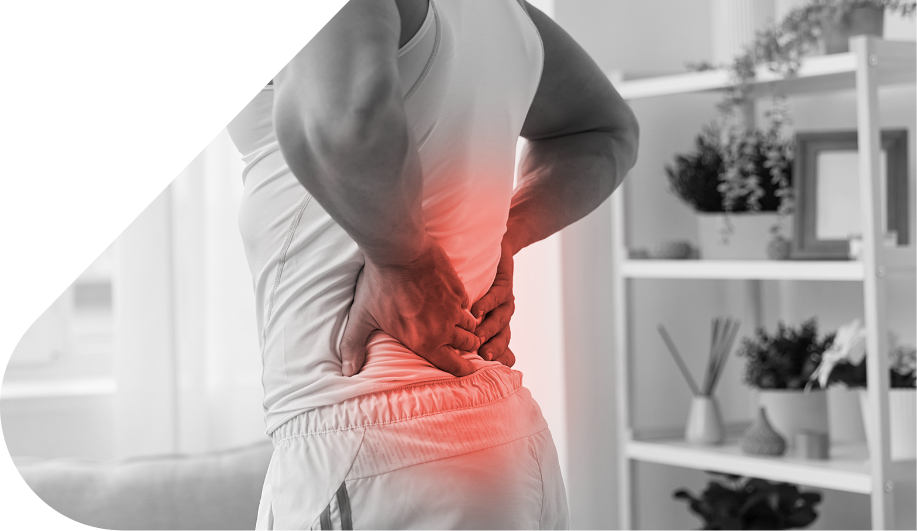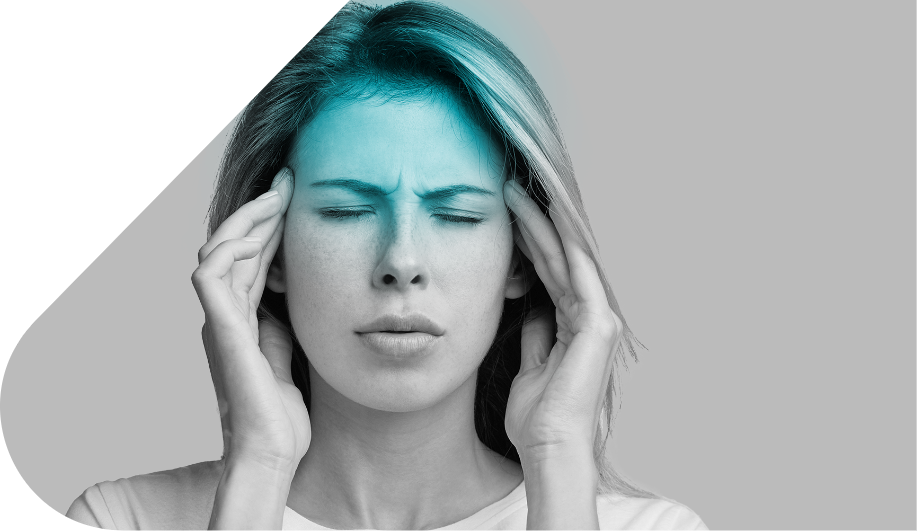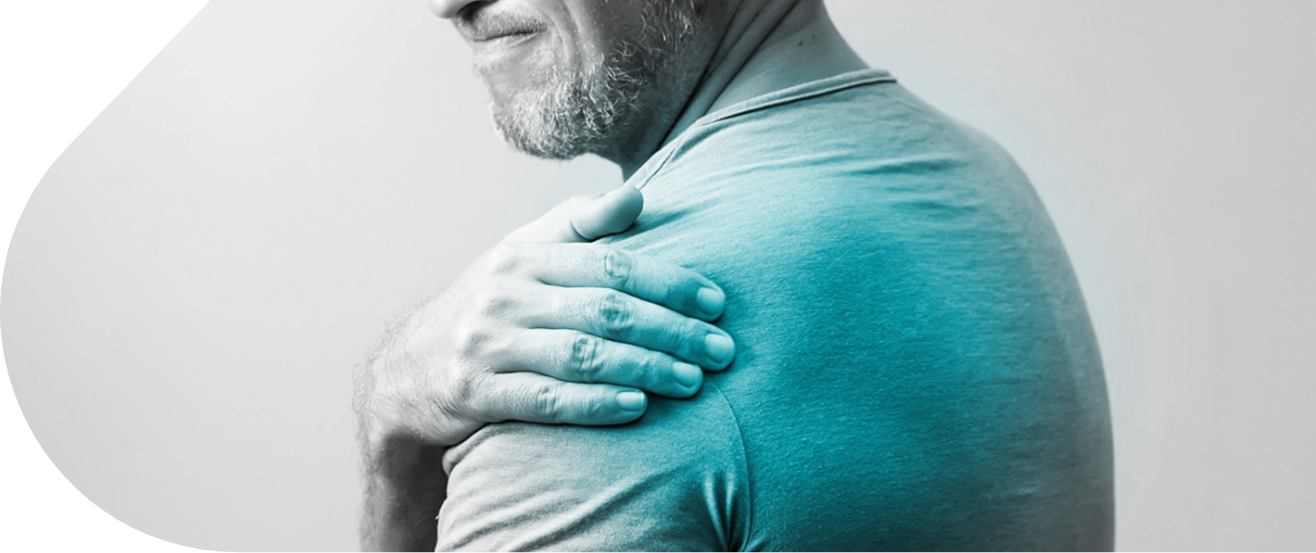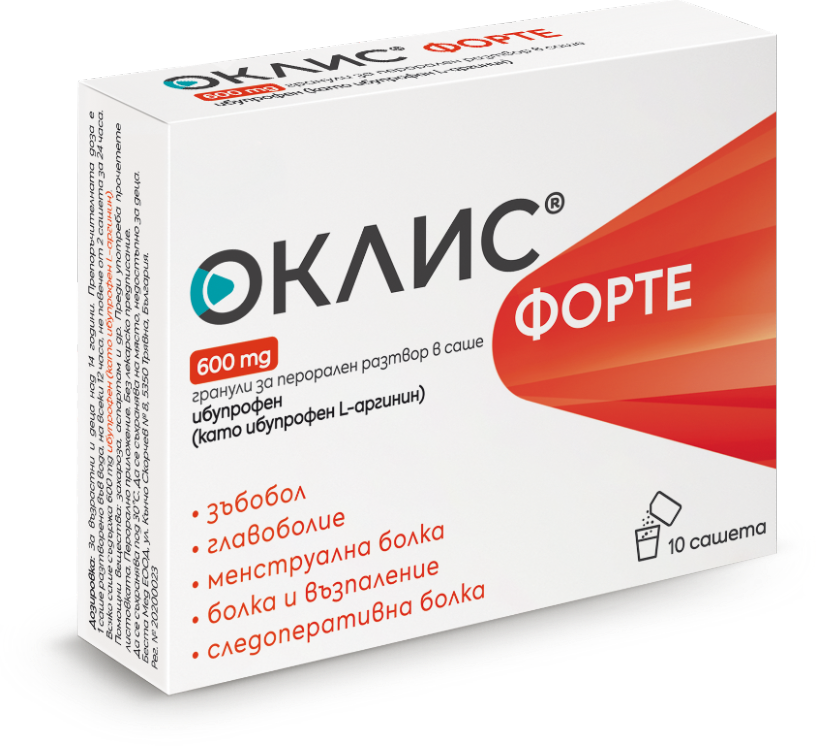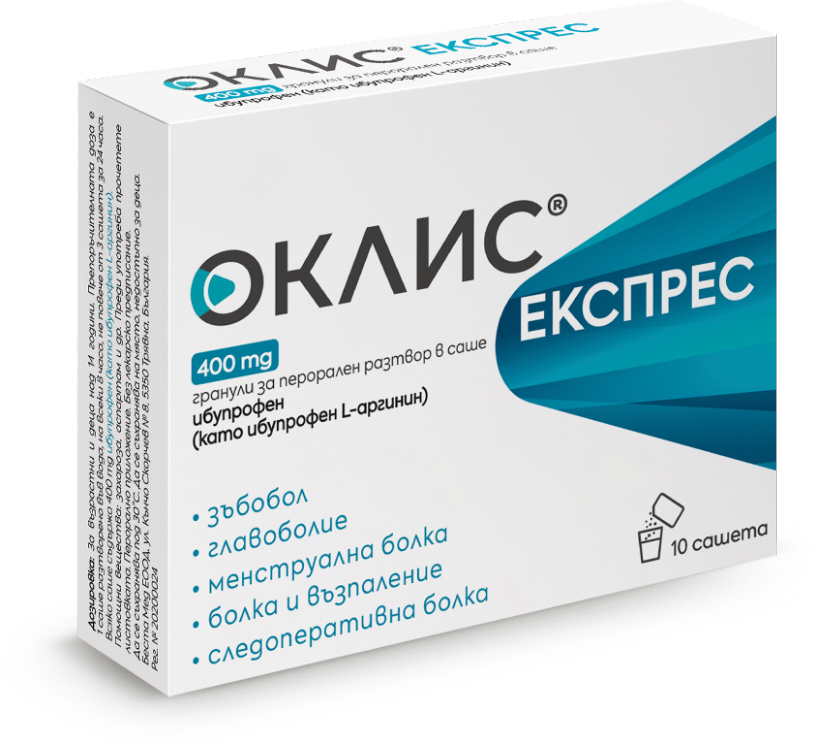Pain in the lower back (also known as lumbago) is a common complaint experienced by a large percentage of people at some point in their lives. In many cases, it results from overexertion, poor posture, or a sudden movement and tends to subside relatively quickly.
However, lower back pain can also be a symptom of various more serious conditions that require medical consultation and appropriate treatment. That’s why it’s important to pay attention to the signals our body sends us and not to underestimate persistent or intense lower back pain.
Early diagnosis and timely treatment can significantly improve your quality of life and help prevent more serious complications.
Herniated Disc
This condition occurs when the soft inner part of an intervertebral disc (the nucleus pulposus) slips through its outer layer (the annulus fibrosus) and compresses nearby nerve roots. The most commonly affected discs are in the lumbar (lower back) region of the spine, leading to sharp, radiating pain in the lower back that often spreads along the sciatic nerve to the thigh, calf, and foot (sciatica). The pain may worsen with coughing, sneezing, bending, or prolonged sitting.
In addition to pain, a herniated disc can cause other symptoms such as numbness, weakness, or tingling in the leg, as well as reduced reflexes in the limbs, muscle stiffness accompanied by spasms. In more severe cases, it can lead to loss of sensation in the arms or legs, loss of bladder or bowel control, and sexual dysfunction.
Of course, here is a more detailed description of each of the mentioned conditions:
Muscle Strain or Spasm
This often occurs due to sudden or unusual strain on the muscles in the lower back area. It can result from attempting to lift a heavy object, making a sudden twisting motion, or even maintaining an awkward posture for an extended period during work or sleep.
The muscles respond to overstrain with contraction (spasm) or tearing of individual fibers (strain), leading to pain and limited movement. The pain is usually localized in the lower back area, can be sharp or dull, and is often tender to the touch. In most cases, this condition subsides within a few days to a few weeks with rest, application of warm or cold compresses, and sometimes with the help of pain relief medications.
Pain from Sciatic Nerve Inflammation (Sciatica)
The sciatic nerve is the longest and widest nerve in the human body, starting from the lower spine, passing through the buttock, and running down the back of the thigh and leg to the foot. Inflammation or compression of this nerve can cause pain that begins in the lower back and radiates along the nerve’s path. The pain is usually intense and sharp in nature.
In milder cases, there may be a painful sensation in the lower back or upper thigh, accompanied by numbness, burning, or tingling in the leg or foot. Even mild sciatica can be uncomfortable and may restrict certain movements.
Sciatica is usually not a serious condition and often resolves on its own, but it is important to consult a doctor for an accurate diagnosis and proper treatment.
Early-Stage Discopathy
Intervertebral discs act as shock absorbers between the vertebrae of the spine. Over time or due to injury, these discs can undergo degenerative changes, known as discopathy. In the early stages, these changes may not cause significant nerve root compression but can lead to inflammation and instability in the lower back area.
The pain is often mild, dull, or pulsating and may worsen with prolonged sitting, bending, or twisting. In lumbar discopathy, the lower back pain usually eases when lying down and intensifies with walking, which can lead to changes in posture and gait. In such cases, there may also be slight stiffness in the lower back in the morning or after prolonged inactivity.
Early diagnosis and appropriate measures can help slow the progression of discopathy and relieve symptoms.
The primary treatment for pain and inflammation is nonsteroidal anti-inflammatory drugs (NSAIDs). Although they do not directly address the underlying cause of the pain, they help reduce inflammation and improve quality of life.
One of the most well-studied representatives of the nonsteroidal anti-inflammatory drugs is ibuprofen. The innovative formula of Oclis and Oclis Forte – Ibuprofen L-arginine – allows for fast and long-lasting pain relief.

